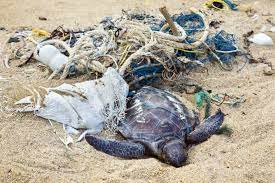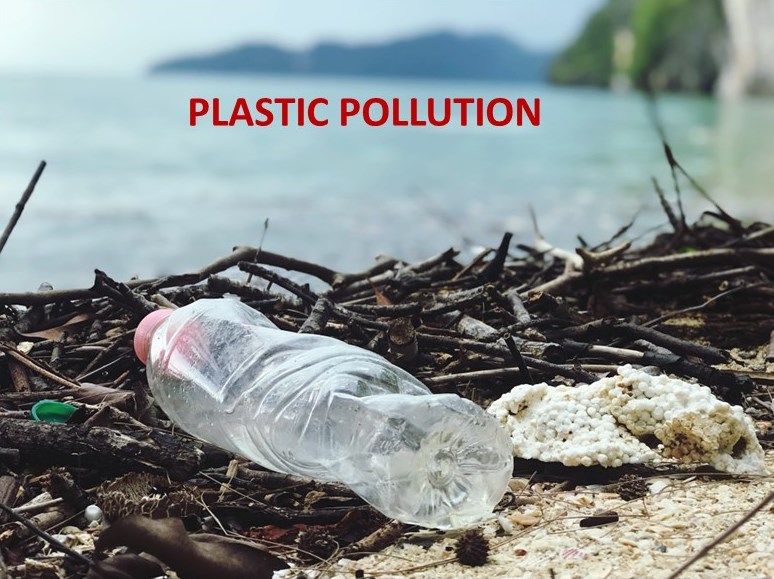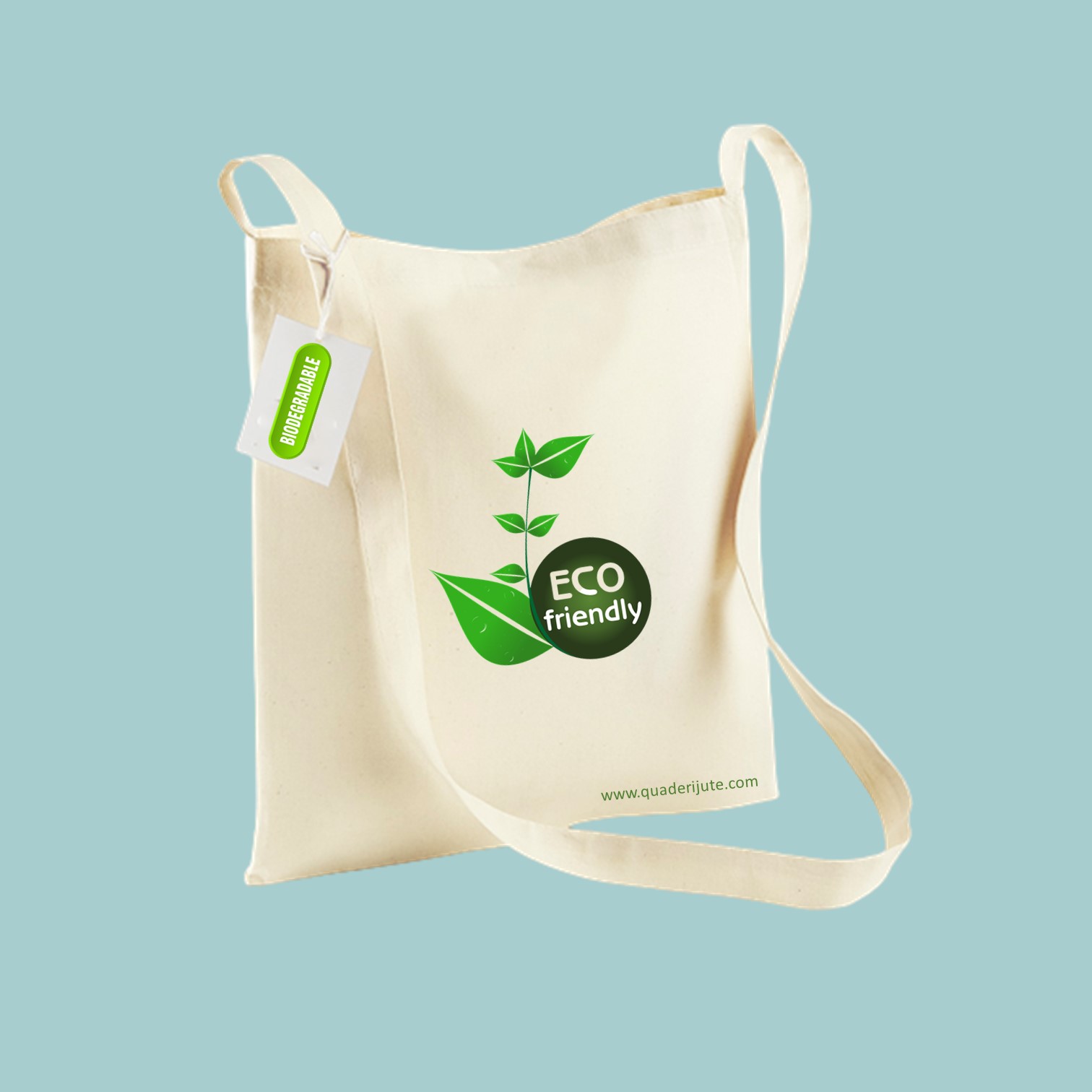Plastic Pollution is a Serious Global Concern
Plastic pollution is a serious issue of global concern. To save our planet there is no alternative way to stop using plastic and for this mission each and every one on this world should be involved in this mission.
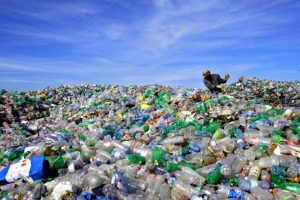
Some key findings by the organization of OECD (oecd.org)
Plastic waste generated annually per person varies from 221 kg in the United States and 114 kg in European OECD countries to 69 kg, on average, for Japan and Korea (Ref: oecd.org)
Bans and taxes are imposed for using plastic but these are all limited to the items only the Plastic Bag. But the plastic bag is only a tiny share of the total uses’ plastic.
- Global plastics production doubled from 2000 to 2019 to reach 460 million tonnes.
- Global plastic waste generation more than doubled from 2000 to 2019 to 353 million tonnes. Nearly with 40% coming from packaging, 12% from consumer goods and 11% from clothing and textiles.
- Only 9% of plastic waste is recycled. Another 19% is incinerated, 50% ends up in landfill and 22% evades waste management systems and goes into uncontrolled dumpsites, is burned in open pits or ends up in terrestrial or aquatic environments, especially in poorer countries.
- In 2019, 6.1 million tonnes (Mt) of plastic waste leaked into aquatic environments and 1.7 Mt flowed into oceans. There is now an estimated 30 Mt of plastic waste in seas and oceans, and a further 109 Mt has accumulated in rivers.
Ocean Plastic Pollution
Thousands of seabirds and sea turtles, seals and other marine mammals are killed each year after ingesting plastic. Nearly 700 species that eat plastic.
Studies estimate there are now 15–51 trillion pieces of plastic in the world’s oceans. (Ref: Central for Biological Diversity)
60 percent of all seabird species have eaten pieces of plastic, with that number predicted to increase to 99 percent by 2050. (Ref: PEW)
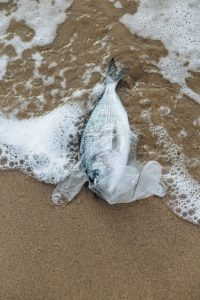
Decomposition duration of Plastic:
The decomposition rate of plastic typically ranges from 500 to 600 years, depending on the type.
(Ref: Conserve Energy Future)
Light weight plastic fly by wind and waste environment
Plastic, which is very light, even gets blown away in gentle winds and carried away by the rains into sewers, streams, rivers, and finally, in the oceans. The polluted air, when inhaled by humans and animals, affects their health and can cause respiratory problems.
Dangerous Effects on Human Health
We eat plastic-contaminated seafood. Scientists have found microplastics in 114 marine species, and around one-third of these end up on our plates. (Ref: Published in Journal GESAMP)
We drink microplastics via bottled water. The WHO published shocking research in 2018 that exposed the presence of microplastics in 90% of bottled water.
A piece of `Plastic’ itself is a poisonous Texture
To make plastic need to use a number of toxic chemicals. They are ultimately hazardous for social and environment.
Cleaning Plastic is Expensive
To clean the plastic needs:
- Expensive land to make garbage
- Need Manpower to involve with salary.
- To establish plant for recycle.
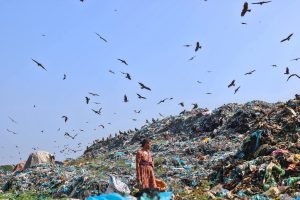
The huge damage of Plastic already occurred
Annual global plastic production 1.5 million metric tons (MT) in 1950 to an astonishing 368 million MT in 2019. Annual production could reach up to 2’000m MT by 2050. Half of this was produced in the last 13 years alone
So where has all this plastic gone?
- 79% has accumulated in landfill or in the natural environment
- 12% has been incinerated
- 9% has been recycled
(Ref: Dhaka Tribune report on 1st Dec2022)
Waste and plastic pollution
- We go through 10 billion plastic bags worldwide every week
- Plastics don’t break down, they break up, becoming a permanent pollutant in our environment
- 8 million tones of plastic pollution enter our oceans each year
- It’s estimated that by 2050, there will be more plastic in our oceans than fish
- More than 270 marine species are affected by marine debris through ingestion, entanglement and chemical contamination
- In the next 30 years, 99% of seabirds will have ingested plastic.
(Ref: Plastic Free July)
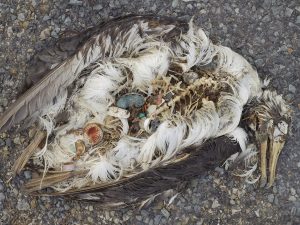
Plastic is not completely possible to recycle
- Recycled plastics are mostly downcycled, meaning that they’re recycled into products of lesser quality which are less likely to be further recycled
- Recycling is important, but will never be the solution to our rapidly expanding plastic consumption
Plastics and COVID-19
The fight against plastic pollution is being hit by the COVID-19 pandemic, as the use of disposable masks, gloves and other protective equipment soars.
Climate Change
As 99% of plastics are created from fossil fuel burn so that it causes the declining rate of CO2 absorption in the planet.
Turtles are high risk to survive due to plastic pollution
Research suggests that 52% of the world’s turtles have eaten plastic waste. The reasons are simple: a floating plastic bag can look like a lot of jellyfish, algae, or other species that make up a large component of the sea turtles’ diets. All sea turtle species are at risk from plastic.
